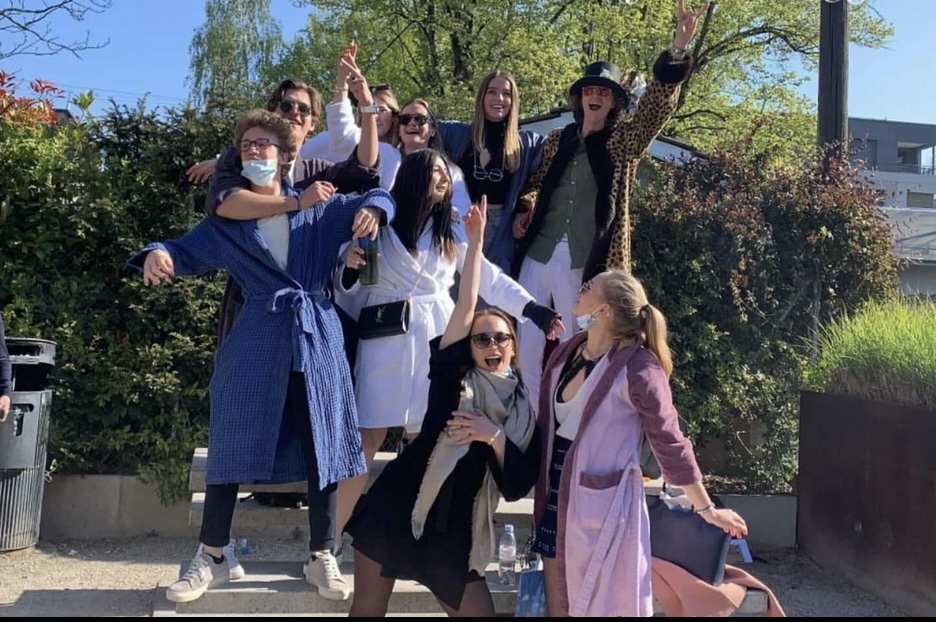Around the world there are many different cultures that have calendars different from the one used in Switzerland or other western countries, which is called the Gregorian Calendar. Being a part of an international community and being exposed to cultural diversity help us open our eyes to other traditions from around the world. Learning about traditions different from your own can deepen your understanding and appreciation of other cultures and civilizations.

Chinese New Year, also known as the spring festival. The Chinese calendar is a lunisolar calendar, meaning its date indicates the moon phase and the time of the solar year. It is celebrated throughout the first fifteen days of the new year. This Gregorian year, 2016, Chinese new year will be celebrated on February 8th.
This occasion is celebrated, not only in China, but also in areas with large Chinese communities, such as San Francisco and Chinese households around the world. People who observe this holiday carry out numerous customs to welcome the new year. The house is cleaned from top to bottom to get rid of all the bad luck gathered from the previous year; people also refrain from sweeping the first few days of the year so as to not wipe away the new good luck. Paying respects to ancestors by visiting temples and asking for good fortune is vital to the new year celebrations; preparing food and celebrating with friends and family is also an important custom. The year of the monkey is approaching and it’s almost time to make and enjoy some long noodles, but be careful not to cut your noodle short, because a short noodle means a short life.

Islamic New Year, a.k.a the Hijri New Year, is celebrated by Muslims around the globe and takes place on the first day of Muharram, the first month of the year. The hijri calendar is lunar. The new year is the anniversary of the Hijra when the Prophet Muhammad emigrated from Mecca to Medina after being persecuted because of his religion. In the Islamic calendar the year is 1437 and days begin with the sunsets. The new year can be celebrated by seeing families and having a nice meal, but it is a relatively calm holiday, as in there are traditionally no rituals and festivities; instead, it is more of a reflective occasion and a time to pray.

Jewish New Year- Rosh Hashanah which means “head of the year” is observed over a period of two days. According to the Jewish calendar, we are now in the year 5776 andis: another example of a lunisolar calendar. Rosh Hashanah takes place on the first and second day of Tishrei, the first month of the Jewish civil year, to mark the anniversary of the creation of Adam and Eve. It is also a day when Jewish people proclaim and reflect upon the importance and power of G-d. The sounding of a shofar, a ram’s horn, is a call to repentance, because Rosh Hashanah is also the anniversary of man’s first sin and his repentance. Other traditions that occur on Rosh Hashanah include eating a piece of apple dipped in honey to symbolize the desire for a sweet year and blessing others by saying “Leshanah tovah tikateiv veteichateim,” “May you be inscribed and sealed for a good year.” This festival is celebrated in Jewish communities in every part of the world.
In our international community, learning about different cultures is important if you want to be more aware of and open minded towards others.
There are so many other New Year’s celebrations around the world such as the Thai New Year, the Ethiopian new Year and Norooz, the Persian New Year, etc. Each have their own history, significance and traditions, but what seems to be a common theme throughout many of these News Year’s celebrations is a fresh start.
Happy New Year!



